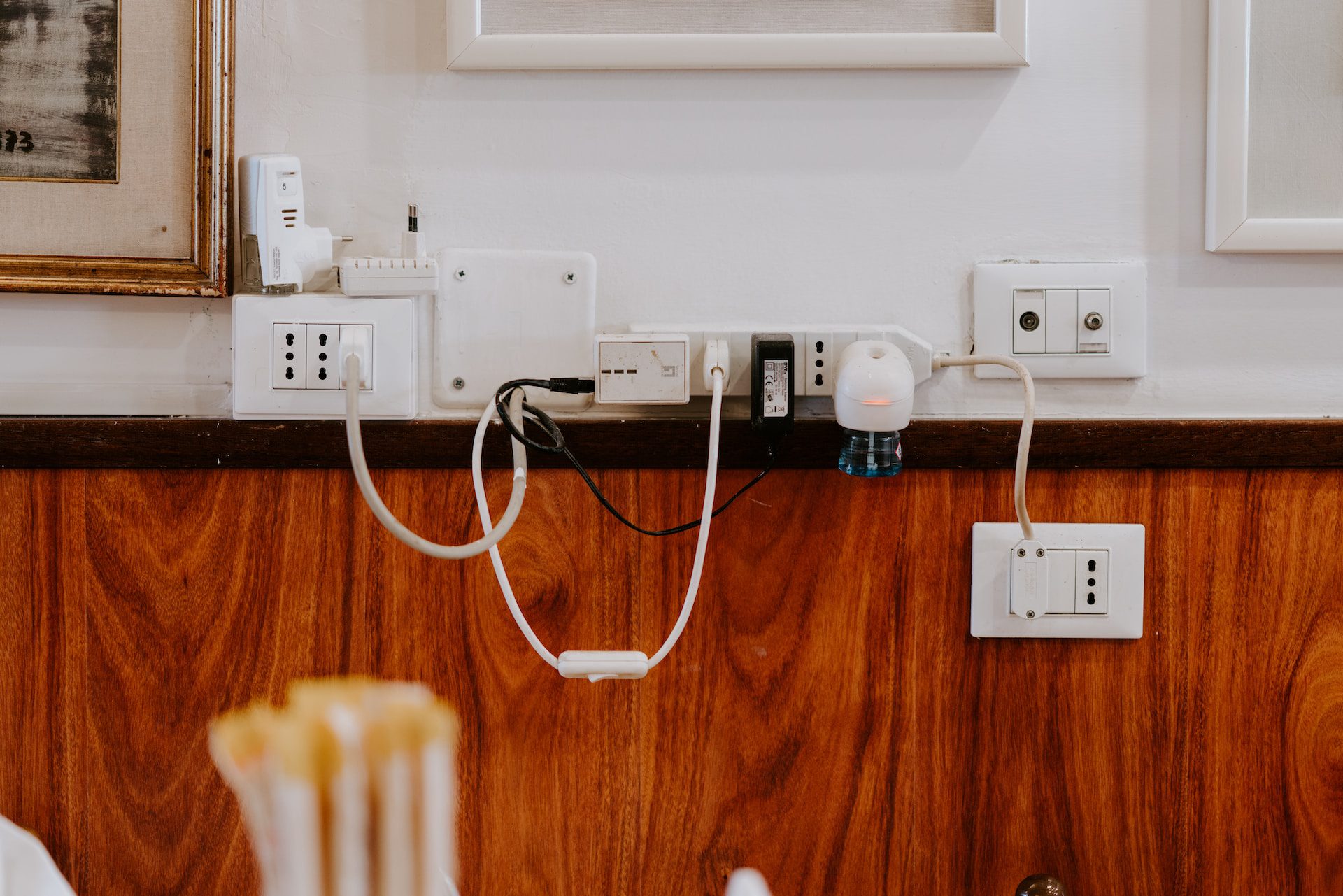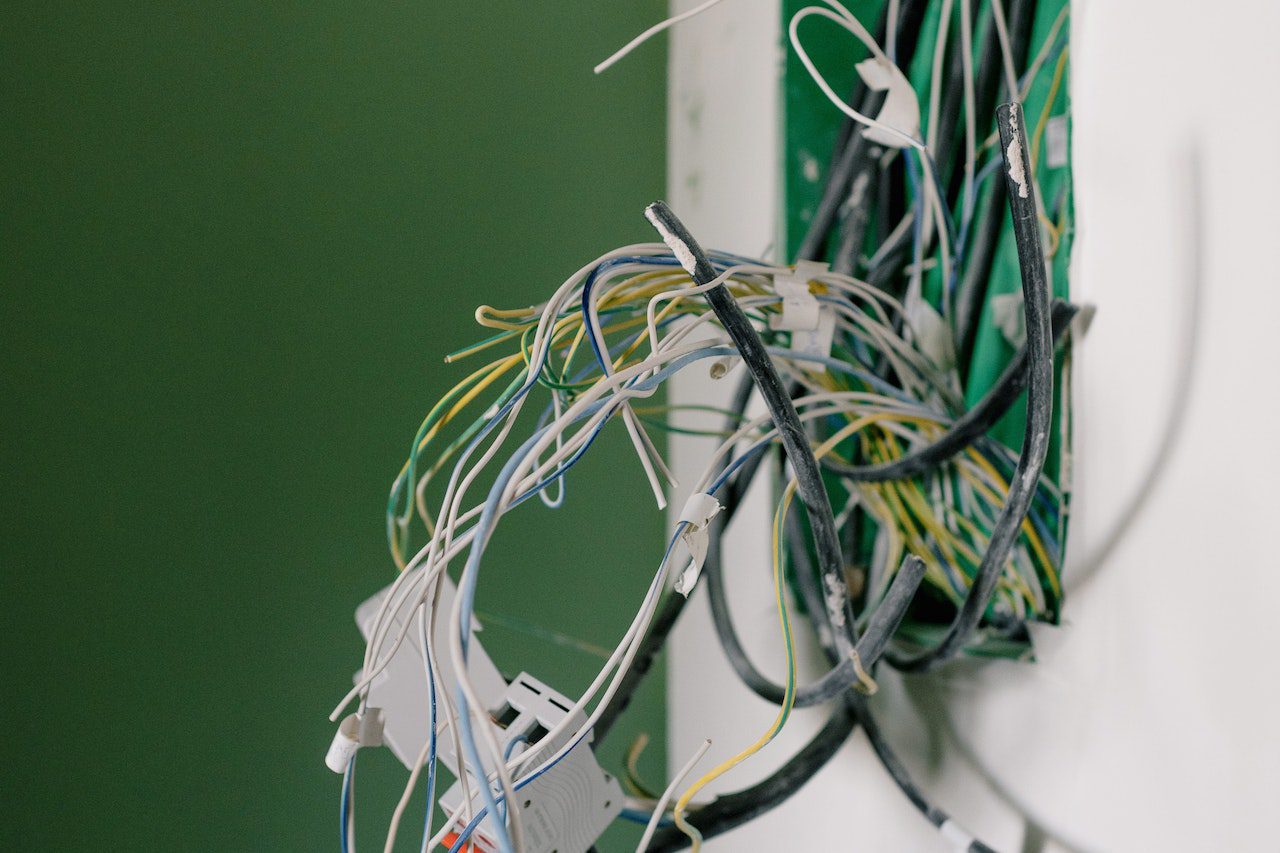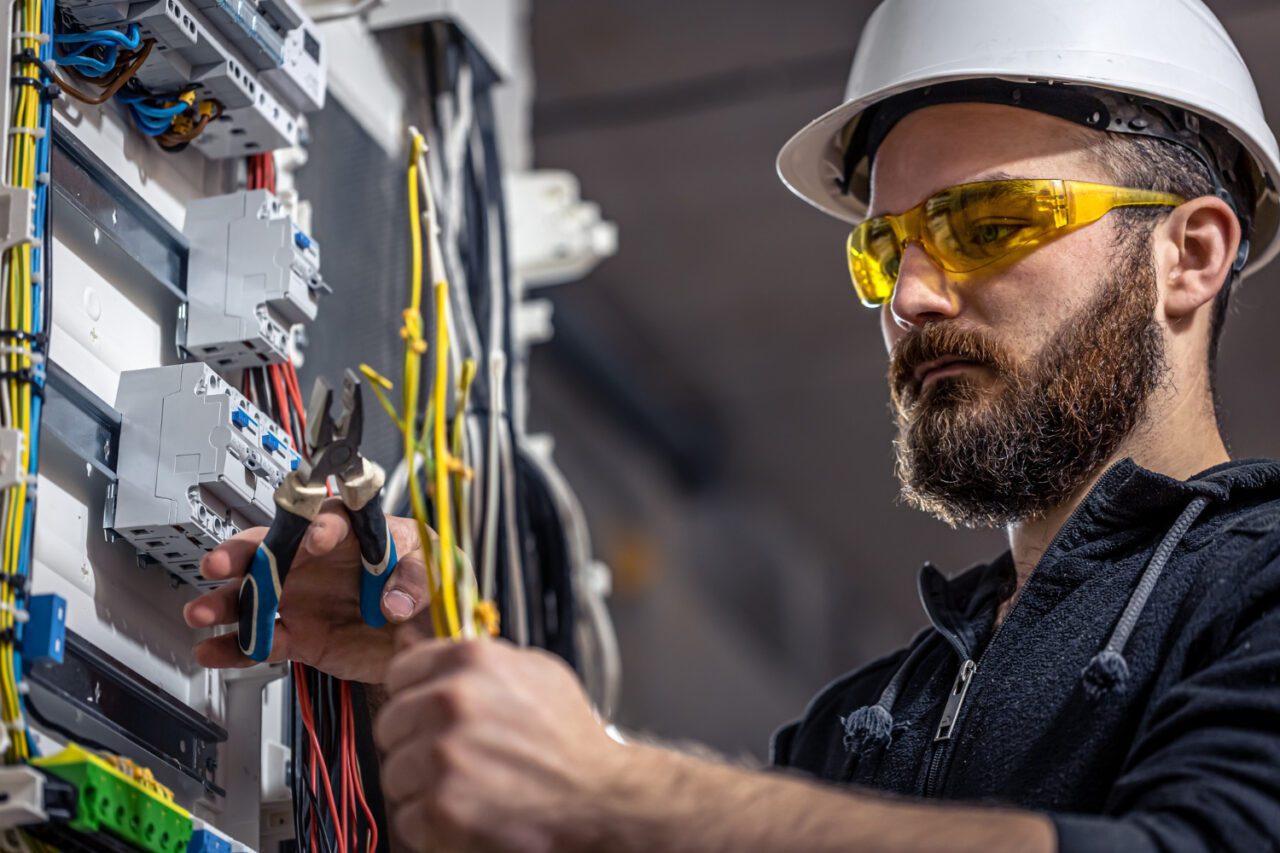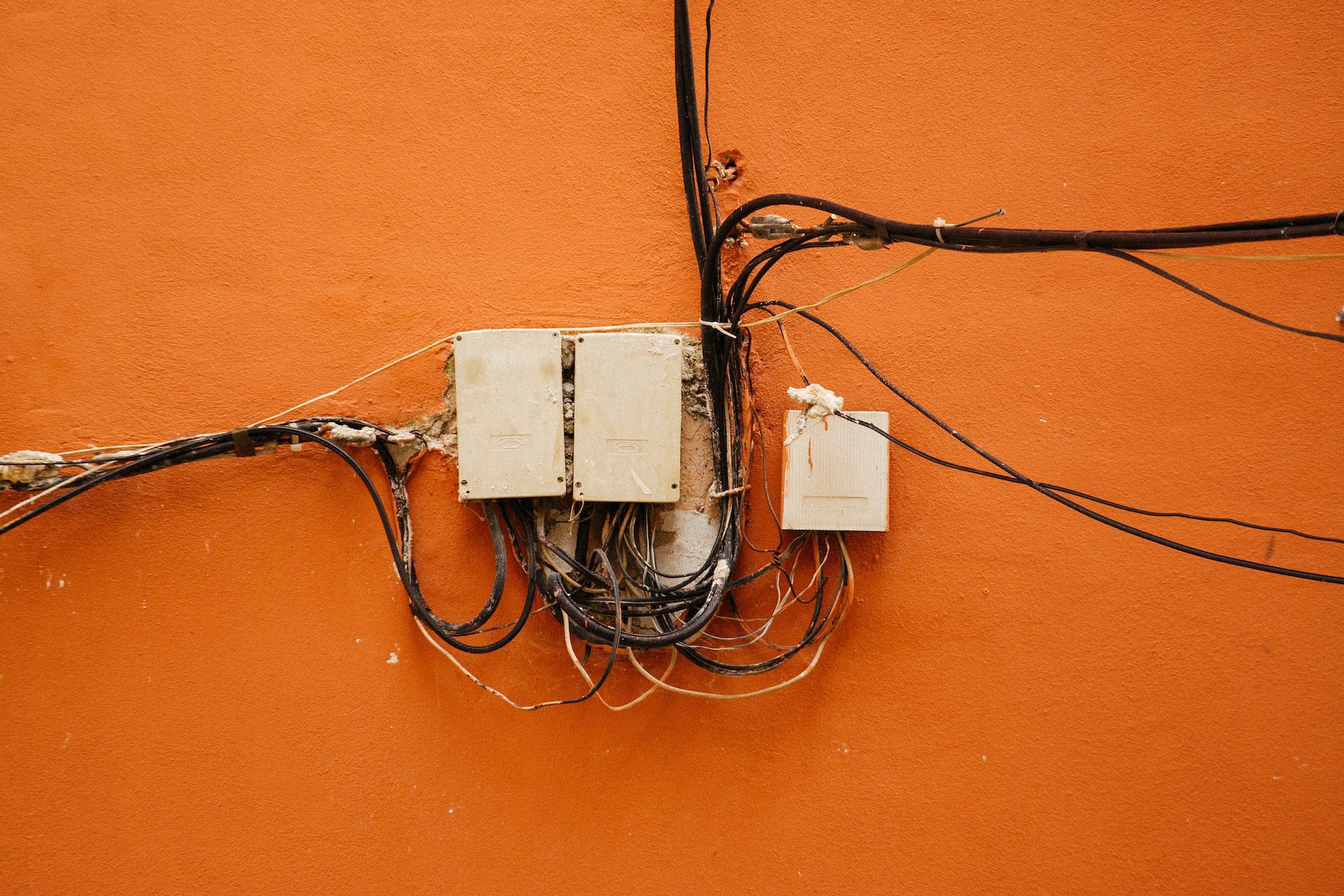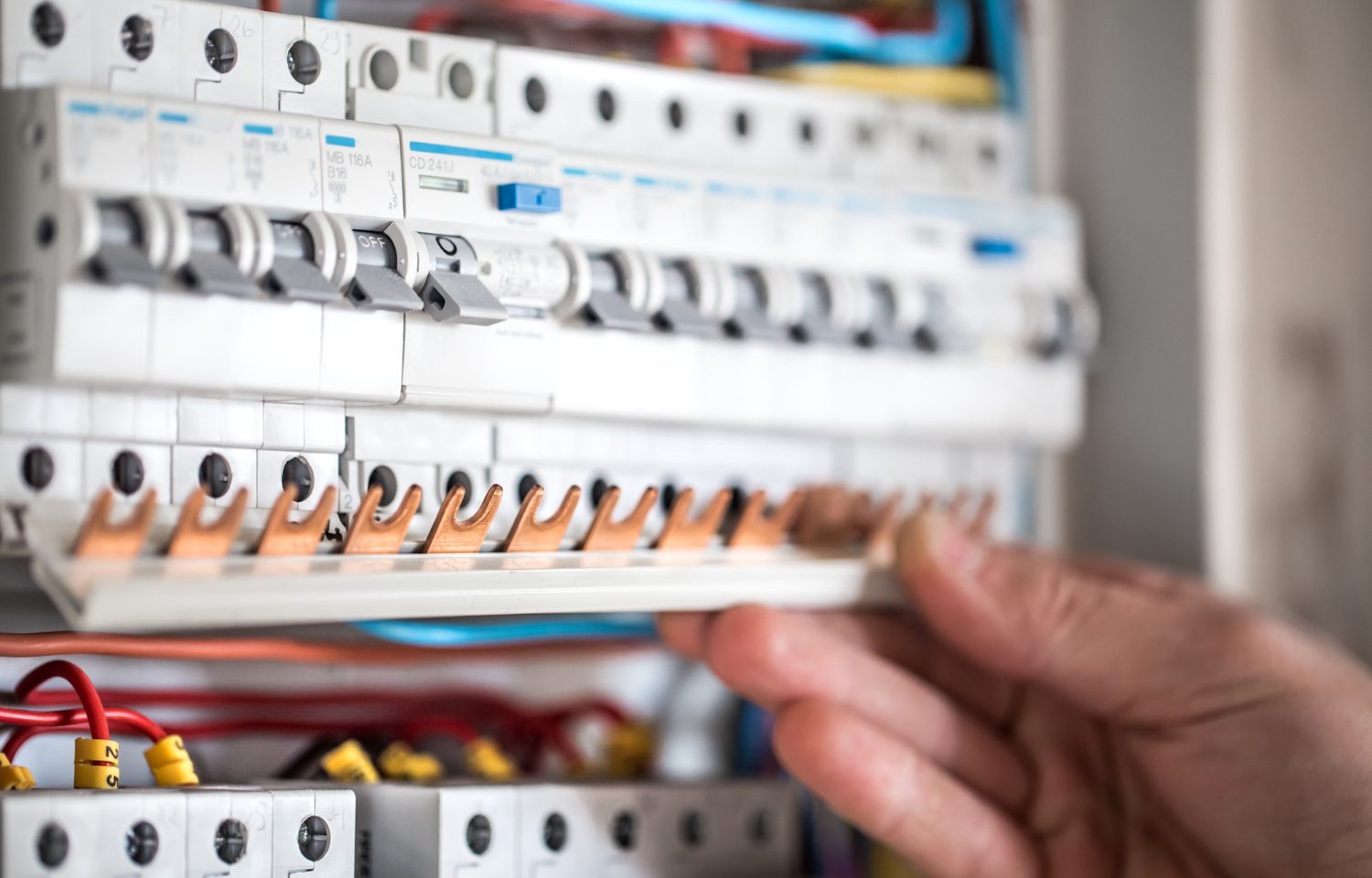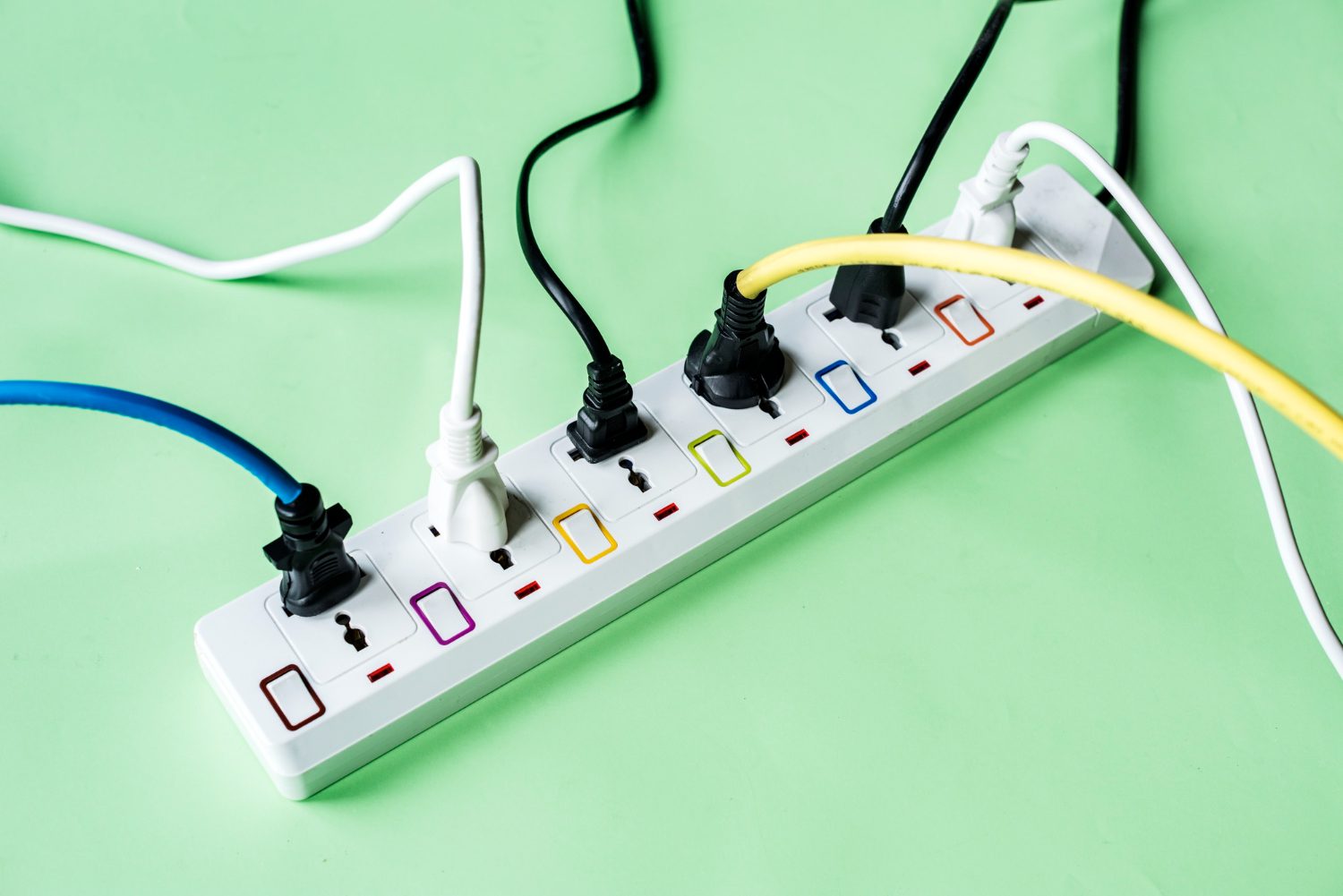Electrical safety is a crucial aspect of responsible homeownership, and being informed about potential hazards and preventive measures is the key to maintaining a secure living environment for you and your family. Ensuring the smooth functioning and safety of your home’s electrical system can prevent accidents, protect your valuable electronics, and provide peace of mind, knowing that your loved ones are safe from electrical mishaps.
Turner On Services is dedicated to empowering Ohio homeowners with the knowledge and resources needed to maintain a safe and hazard-free home, which is why we have created this comprehensive guide to essential electrical safety tips.
In this educational and informative guide, the team at Turner On Services will cover various aspects of electrical safety for Ohio residents. We’ll discuss general precautions to adopt in your daily life, steps to follow in case of an emergency, and how to protect your children and pets from potential hazards.
Our expert electricians will also share their insights on regular maintenance practices, recognizing warning signs of electrical issues, and when to call a professional for assistance. Furthermore, we will emphasize the importance of high-quality electrical installations, repairs, and upgrades in ensuring the safety and well-being of your entire household.
By understanding the importance of electrical safety and implementing appropriate measures in your home, you can reduce the incidence of accidents and hazards, safeguard your loved ones, and maintain a secure and comfortable living environment.
With the support and expertise of Turner On Services, Ohio homeowners can embrace electrical safety as a top priority for the ultimate peace of mind and protection for their families.
General Precautions for a Safer Home Environment
To create a secure living space, Ohio homeowners should always practice these general electrical safety precautions:
1. Avoid Overloading Outlets: Refrain from plugging multiple power-hungry appliances into a single outlet to prevent overheating and potential fire hazards.
2. Safely Use Extension Cords: Use extension cords temporarily and always check their power rating to avoid overloading. Keep cords away from high-traffic areas and never run them under carpets or across doorways.
3. Invest in GFCI Outlets: Install Ground Fault Circuit Interrupter (GFCI) outlets in areas exposed to moisture, such as bathrooms, kitchens, and outdoor spaces. These outlets automatically cut off power if a fault is detected, reducing the risk of electrical shocks.
Responding to Electrical Emergencies
Knowing how to react during an electrical emergency can prevent injuries and save lives:
1. Power Outage: In the event of a power outage, unplug sensitive electronics, switch off lights and appliances to prevent surges, and keep a flashlight close at hand. Contact your utility company to report the outage and inquire about restoration timelines.
2. Electrical Fires: In case of an electrical fire, utilize a Class C fire extinguisher or baking soda to douse flames. Never use water as it can worsen the situation, and always call 911 for professional assistance.
3. Electrical Shock: If someone experiences an electrical shock, switch off the power supply immediately and call 911. Do not touch the victim directly while the power is on to avoid endangering yourself.
Child and Pet Electrical Safety
To protect children and pets in your Ohio home from electrical dangers:
1. Install Childproof Outlets: Replace standard outlets with tamper-resistant (TR) receptacles or apply child-safety covers to prevent small fingers or objects from being inserted.
2. Secure Electrical Cords: Keep cords neatly bundled and out of reach, or utilize cord-shortening devices to limit access, removing the temptation for children and pets to tug or chew on cables.
3. Educate on Electrical Safety: Teach children about the importance of electrical safety and set guidelines for using electrical devices responsibly.
Maintenance and Professional Assistance
Proper maintenance and timely intervention from professional electricians are essential for ensuring a safe home:
1. Regular Inspections: Schedule periodic electrical inspections conducted by licensed electricians from Turner On Services to detect potential hazards and address them promptly.
2. Identify Warning Signs: Pay attention to flickering lights, buzzing outlets, hot-to-touch switches, and tripped circuit breakers, which may indicate underlying electrical issues requiring professional attention.
3. Trust the Professionals: Always enlist the services of certified and experienced electricians, like those at Turner On Services, for electrical installations, repairs, and upgrades, ensuring adherence to safety standards and quality workmanship.
Final Thoughts
By engaging with electrical safety best practices, Ohio homeowners can protect their families and properties from potential hazards and enjoy a secure living environment. Understanding general precautions, responding effectively to emergencies, and focusing on child and pet safety are integral components of a comprehensive electrical safety strategy.
Moreover, establishing a diligent and ongoing maintenance routine, being observant of warning signs, and trusting professional electricians like the team at Turner On Services for expert assistance can ensure that your home remains safe and comfortable for years to come.
At Turner On Services, our commitment to empowering Ohio homeowners with electrical safety knowledge and support services is unwavering. By partnering with us, you are securing a safer and more secure living space for your loved ones and investing in long-term peace of mind. Contact us today for a consultation with our Anderson Township electrician!


